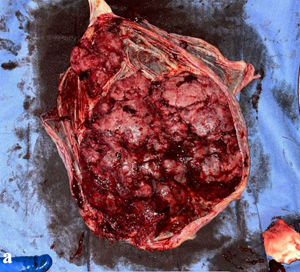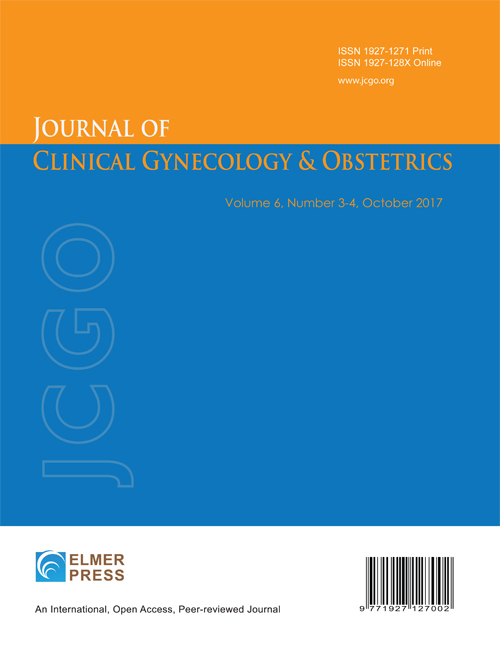Placental Pathways: A Case Report on Buprenorphine-Naloxone for Opioid Use Disorder and Placental Pathology
DOI:
https://doi.org/10.14740/jcgo998Keywords:
Opioid use disorder, Medications for opioid use disorder, Placental pathology, Placental function, Pregnancy, Substance use in pregnancyAbstract
Opioid use disorder (OUD) during pregnancy is a growing public health concern, and the use of medications for opioid use disorder (MOUD), such as buprenorphine, has become standard for managing OUD to improve maternal and neonatal outcomes. We present the case of a 34-year-old gravida six, para five woman at 38 weeks and 3 days of gestation, treated with buprenorphine, who was admitted for labor induction due to preeclampsia without severe features. The patient had a history of polysubstance use disorder in remission, psychiatric comorbidities, and known placental anomalies, including a two-vessel cord, velamentous cord insertion, and accessory lobe. Following an uncomplicated vaginal delivery, the patient experienced postpartum hemorrhage due to retained placental tissue, requiring medical management and blood transfusion. Pathological examination of the placenta revealed abnormalities consistent with prior literature on opioid exposure during pregnancy. This case is unique in that it highlights the histopathologic impact of long-term opioid exposure and MOUD on placental health, including macroscopic findings of abnormal cord insertion and accessory lobe. We then discuss current literature related to MOUD and placental pathology. Learning points from this case include the need for heightened clinical vigilance in pregnancies involving OUD, MOUD, and the potential effects on placental morphology.

Published
Issue
Section
License
Copyright (c) 2024 The authors

This work is licensed under a Creative Commons Attribution-NonCommercial 4.0 International License.






